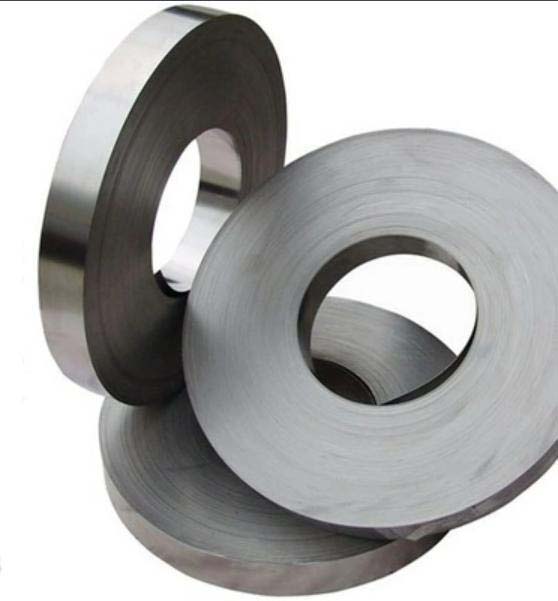- Phone:+86-17331948172 +86-0319-8862898
- E-mail: inquiry@puxingclamp.com
Dec . 12, 2024 10:16 Back to list
removing hose clamps manufacturer
Removing Hose Clamps A Guide for DIY Enthusiasts and Professionals
Hose clamps are essential components in many plumbing, automotive, and industrial applications. They are used to secure hoses over a fitting, ensuring that fluids do not leak from the junction. While hose clamps are straightforward in their function, they can sometimes be a source of frustration when it comes time for removal or replacement. This article offers a comprehensive guide to removing hose clamps, tailored for both DIY enthusiasts and professionals.
Understanding Hose Clamps
Hose clamps come in various designs such as screw clamps, spring clamps, and wire clamps. The most common type, the screw clamp, features a tightening mechanism that can be adjusted to accommodate different hose diameters. Spring clamps, on the other hand, are often used in applications where a quick-connect and disconnect feature is beneficial.
Tools Required for Removal
Before beginning the removal process, it’s important to gather the right tools. Here’s a list of basic tools you might need
1. Screwdriver A flathead or Phillips screwdriver is often necessary for screw-type hose clamps. 2. Pliers For spring clamps, needle-nose pliers can provide the leverage needed to loosen the clamp. 3. Wrench If the clamp screws are rusted or require more torque, a wrench might be necessary. 4. Safety Gear Consider wearing gloves and goggles to protect yourself from sharp edges and escaping fluids.
Step-by-Step Guide to Removing Hose Clamps
1. Assess the Situation
Before removing a hose clamp, inspect it carefully. Determine the type of clamp you are dealing with and whether any fluids are still present in the hose or fitting. If necessary, drain the hose to prevent spills.
removing hose clamps manufacturer

- For Screw Clamps Insert your screwdriver or wrench into the screw mechanism of the clamp. Turn the screw counter-clockwise until the clamp is loose enough to slide off the hose. - For Spring Clamps Use the pliers to squeeze the ends of the spring clamp together. This will create slack, allowing you to slide it off the hose. Take care, as spring clamps can sometimes snap back if pressure is released suddenly.
3. Remove the Hose
Once the clamp is loose, gently slide it off the hose. If the hose is stuck, twist it back and forth while pulling to break the seal. Be mindful of any fluid that might leak from the hose when it is removed.
4. Inspect and Replace
Inspect the hose and the removed clamp for any signs of wear or damage. If the clamp looks corroded or if the hose has cracks, consider replacing them as part of your maintenance routine. It is essential to replace hose clamps to ensure a proper seal and prevent leaks in the future.
Tips for Future Clamping
When reattaching hoses with clamps, make sure to
- Use the correct size clamp for your hose. - Avoid over-tightening, which can damage the hose or fitting. - Check the integrity of the hose before tightening the clamp, ensuring it sits evenly on the fitting.
Conclusion
Removing hose clamps may seem like a daunting task, but with the right tools and knowledge, anyone can do it effectively. This guide offers foundational advice for both DIYers and professionals, enhancing your skills in maintenance and repair. Whether you’re working on a home plumbing project or an automotive repair, understanding the ins and outs of hose clamp removal will save time and prevent unnecessary complications. Always remember to prioritize safety and replace worn-out components to ensure a reliable and leak-free system.
-
Steel Midsole with Stainless Steel – Durable, Lightweight Safety Solutions from Top Factories and Suppliers
NewsJun.24,2025
-
High-Quality Stainless Steel Midsoles in EN Standard – Reliable Factories & Suppliers
NewsJun.10,2025
-
High-Quality Steel Midsole Stainless Steel Factory & Suppliers Durable Safety Solutions
NewsJun.10,2025
-
Steel Plate Midsole Durable Support for Footwear Applications
NewsJun.10,2025
-
Top Tube Clamp Manufacturers Durable Pipe & Hose Solutions
NewsJun.10,2025
-
Durable T Bolt Hose Clips Secure Leak-Proof Design
NewsJun.09,2025




